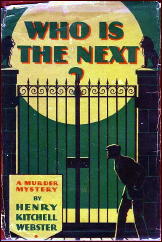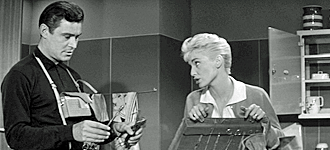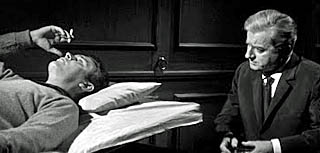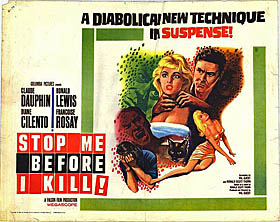Thu 30 Jun 2016
JONATHAN LEWIS: Stories I’m Reading — ALICE & CLAUDE ASKEW “Aylmer Vance and the Vampire.”
Posted by Steve under Science Fiction & Fantasy , Stories I'm Reading[3] Comments
ALICE & CLAUDE ASKEW “Aylmer Vance and the Vampire.” First published in The Weekly Tale-Teller, UK, July 1914. Collected in Aylmer Vance: Ghost-Seer (Wordsworth, UK) as “The Vampire.” Anthologized several times over the years, including The Vampire Archives: The Most Complete Volume of Vampire Tales Ever Published, edited by Otto Penzler. Available online here.
Psychic detective Aylmer Vance was the brainchild of husband and wife writer duo Alice and Claude Askew, English authors who were tragically killed when a German submarine sank the ship they were traveling on in 1917. Like his more well known and esteemed counterpart, one Sherlock Holmes, Vance also had an assistant/sidekick who recounted his cases in narrative form. Enter Dexter, Vance’s “Watson,†who acts as “recorder of his strange adventures.â€
In “Aylmer Vance and the Vampire,” the reader learns of a most unusual case investigated by Vance and Dexter, one that involves a vampire and a witch’s curse and unravels less like a mystery and more like a Gothic supernatural tale. Although it’s not a particularly compelling work of detective fiction, the story does contain all of the major tropes of the then emerging modern vampire story.
There are references to an ancient race, an exotic Continental locale, and the tension between ancient superstitions and modern rational thought and skepticism. There is also a castle, which serves as the locale for strange happenings, one which the narrator Dexter described as a “gloomy edifice†with “the great stone walls, the long corridors, gloomy and cold even on the brightest and warmest of days …â€
All told, “Aylmer and the Vampire†is a solidly constructed vampire story and one that deserves more recognition. While reading it, I couldn’t help but picture Peter Cushing portraying Aylmer Vance in my mind’s eye. That surely counts for something. Recommended.





